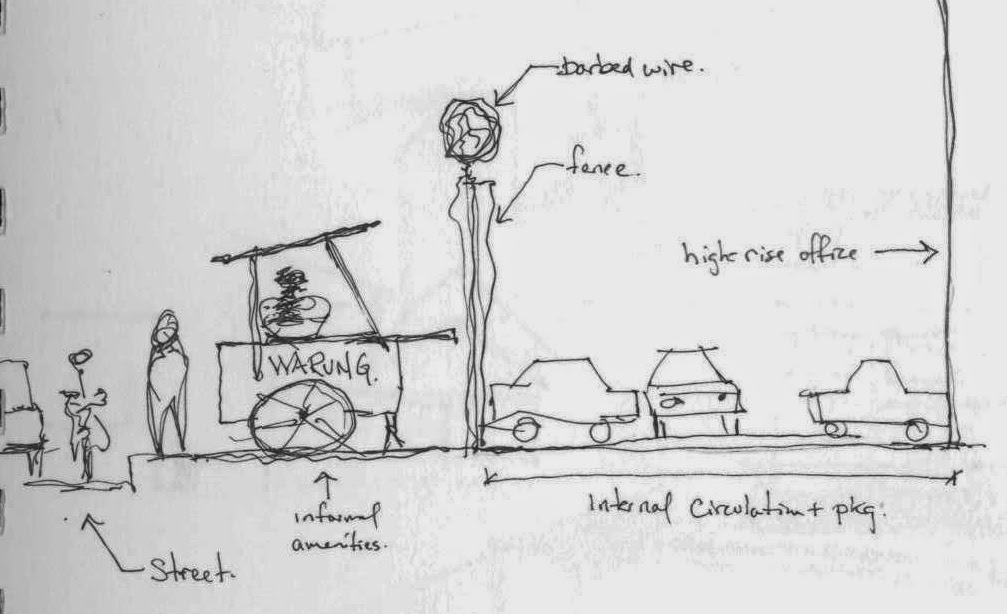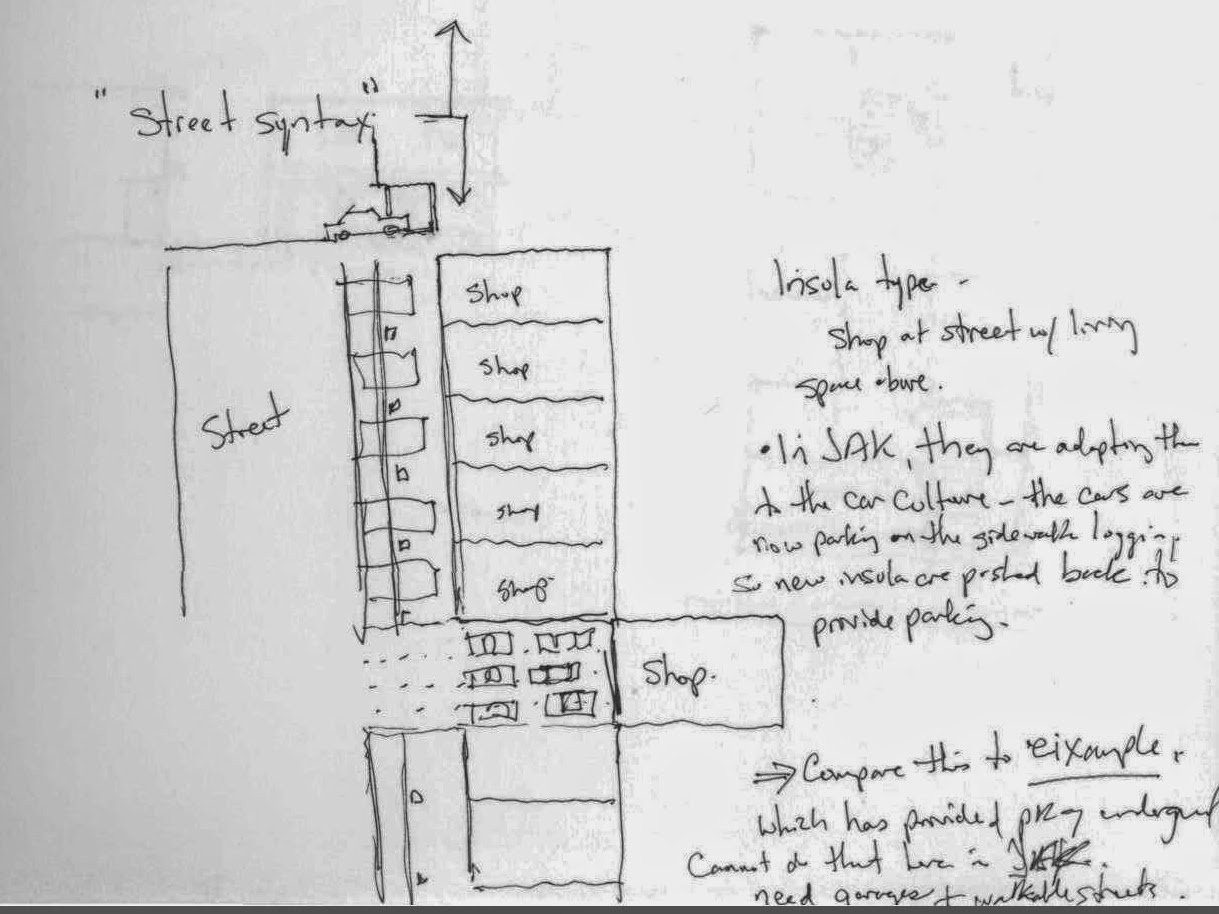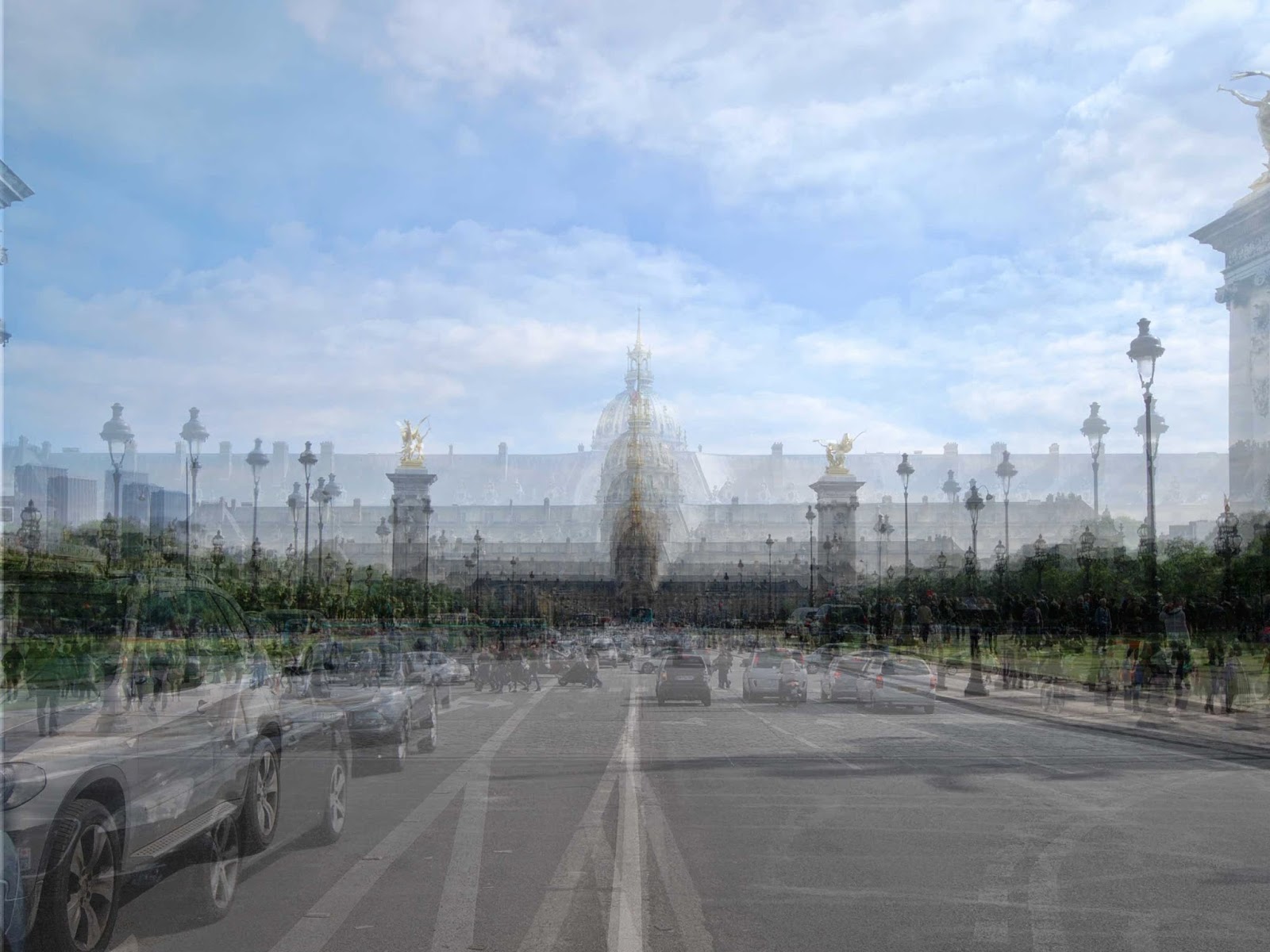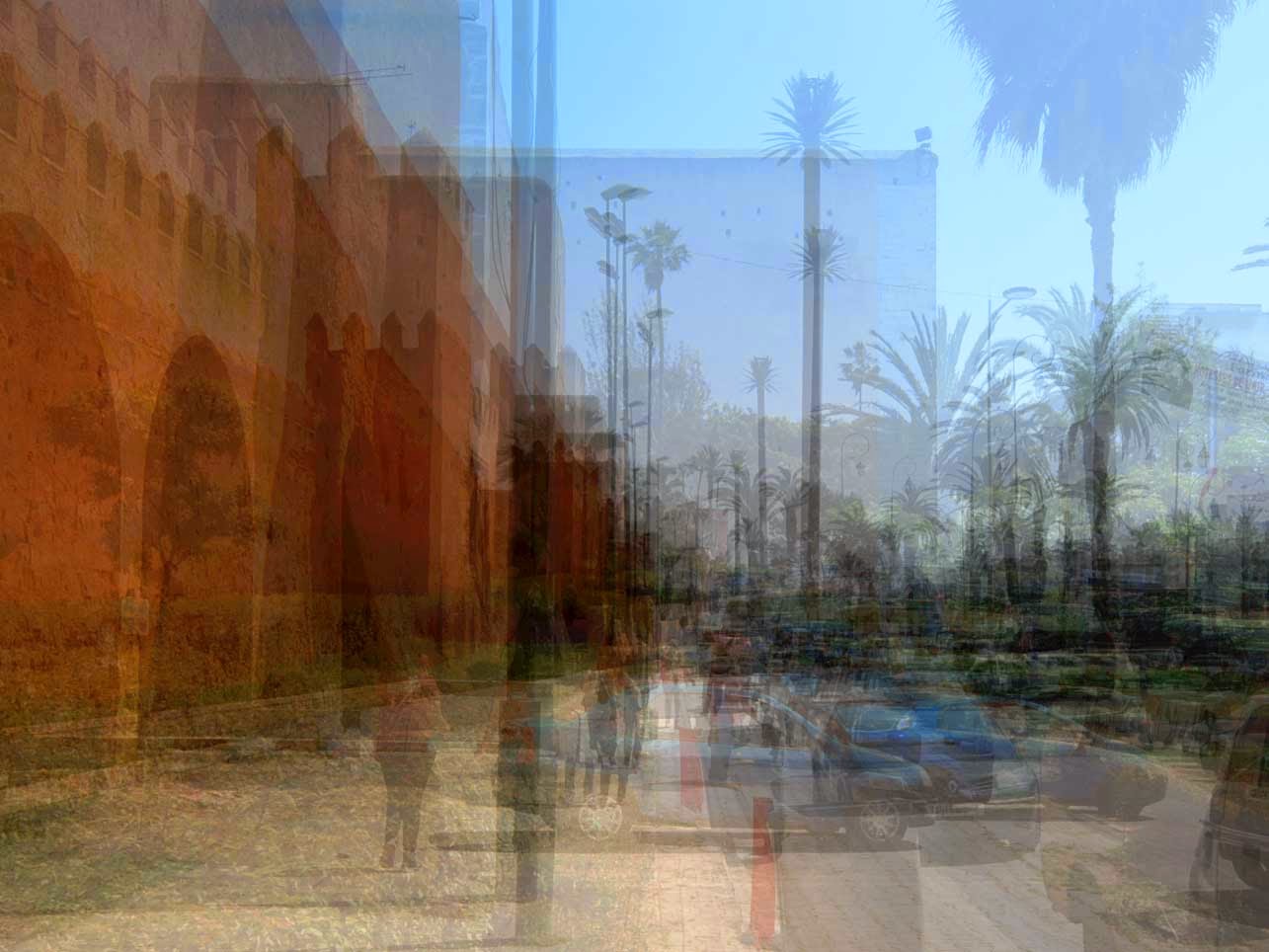structure and change
i had an good conversation with a journalist here in jakarta. he explained that for the recent presidential election the campaigns were waged largely on social media (and that for a time 4 of the top 5 top trending topics were coming out of indonesia - it sounds like they were using twitterbots, but anyway...) i'd been reading up on evolutionary urbanism, and one of the tenets is to devolve decisions to as local a level as possible. the power of the very many...
he also mentioned that the mayor of Bandung is an architect (Riwan Kamil) famous for pioneering the Indonesian Berkebun movement - taking a pejorative/joking term for outcast singles and designating small parks for these people, a move to include them in society, and turning the term on its head.
also the mayor of Surabaya, Tri Rismaharini (or Ibu Risma - Mother Risma) also an architect, rejuvenating that city’s parks and turning many derelict plots into green spaces. Once described as a ‘dirty city full of pretensions and greed’, Surabaya is now known as a ‘million-park’ city.
jakarta itself has a curitiba-inspired trans-city bus line with its own dedicated lane. I use it everyday and thank Allah it exists. otherwise, there is no getting around efficiently w/o a scooter. sadly, some developers are purposely choking the kampongs (local lane neighborhoods), in an effort to strangle the life out of them, and force the locals to sell their land. this has happened along the main roads, and the replacement product is glass-skinned office/residential towers on campus tissue, walled and gated to the surroundings, accessed by automobile. in my experience, the kampungs offer all of the redeeming qualities for this city. they are fun, easily walkable, with local food options, and the people are just lovely.
i had an good conversation with a journalist here in jakarta. he explained that for the recent presidential election the campaigns were waged largely on social media (and that for a time 4 of the top 5 top trending topics were coming out of indonesia - it sounds like they were using twitterbots, but anyway...) i'd been reading up on evolutionary urbanism, and one of the tenets is to devolve decisions to as local a level as possible. the power of the very many...
he also mentioned that the mayor of Bandung is an architect (Riwan Kamil) famous for pioneering the Indonesian Berkebun movement - taking a pejorative/joking term for outcast singles and designating small parks for these people, a move to include them in society, and turning the term on its head.
also the mayor of Surabaya, Tri Rismaharini (or Ibu Risma - Mother Risma) also an architect, rejuvenating that city’s parks and turning many derelict plots into green spaces. Once described as a ‘dirty city full of pretensions and greed’, Surabaya is now known as a ‘million-park’ city.
jakarta itself has a curitiba-inspired trans-city bus line with its own dedicated lane. I use it everyday and thank Allah it exists. otherwise, there is no getting around efficiently w/o a scooter. sadly, some developers are purposely choking the kampongs (local lane neighborhoods), in an effort to strangle the life out of them, and force the locals to sell their land. this has happened along the main roads, and the replacement product is glass-skinned office/residential towers on campus tissue, walled and gated to the surroundings, accessed by automobile. in my experience, the kampungs offer all of the redeeming qualities for this city. they are fun, easily walkable, with local food options, and the people are just lovely.





































